A simple ratio from your blood count that hints at your body’s inflammation balance.
Securely stored in EU
Cancel anytime
Test 100+ biomarkers
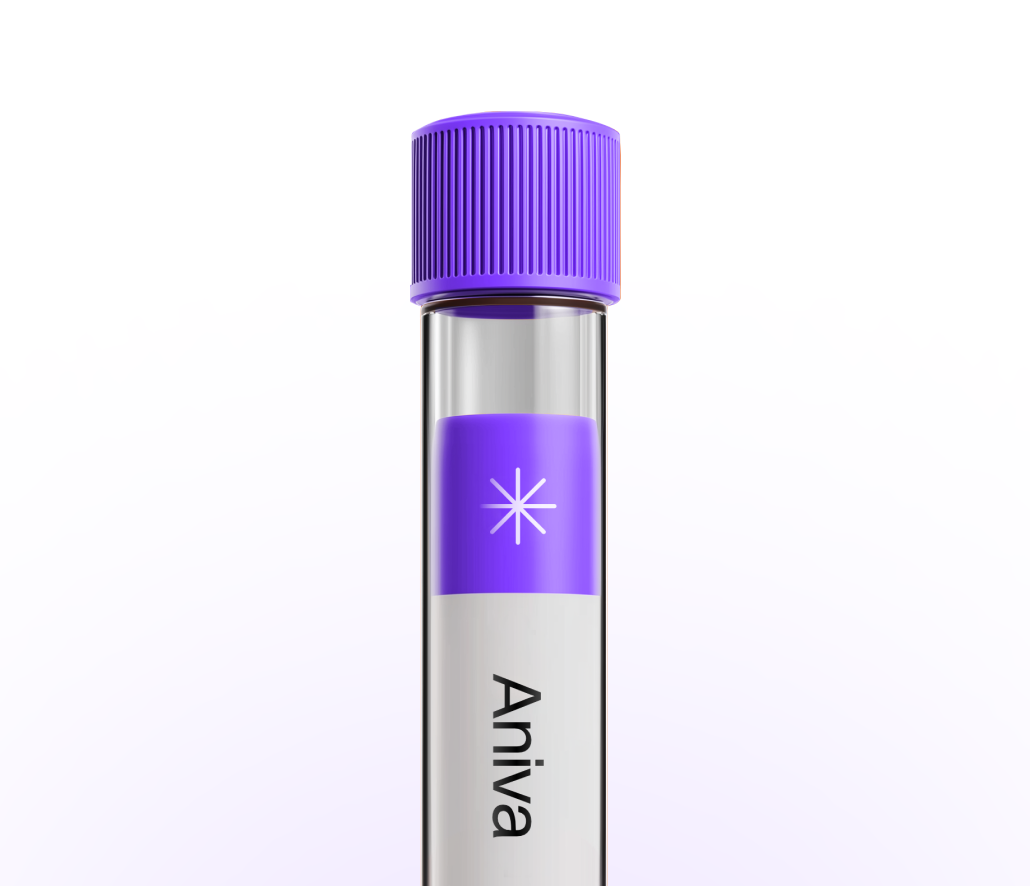
Less than 5 minutes waiting time. One
simple test at one of our 20+ locations.
Get your lab reports within one week.
Accessible on our app and per PDF.
All your health records stored
in a single, convenient place.

Clinicians sometimes review PLR to get a quick sense of inflammatory balance using routine blood counts. It may add context when evaluating symptoms, recovery, or long-term risk, especially alongside other inflammation tests. PLR is research-supported but not guideline-endorsed; trends over time are more helpful than a single result. You can test this marker with Aniva across Germany and Finland.
Clinicians sometimes review PLR to get a quick sense of inflammatory balance using routine blood counts. It may add context when evaluating symptoms, recovery, or long-term risk, especially alongside other inflammation tests. PLR is research-supported but not guideline-endorsed; trends over time are more helpful than a single result. You can test this marker with Aniva across Germany and Finland.
High: May reflect increased inflammatory activity or physiologic stress, sometimes after infection, smoking, strenuous exercise, or surgery. Review platelet and lymphocyte counts and consider pairing with CRP for context.
Low: May occur with lower platelets or relatively higher lymphocytes, such as during recovery from illness or after certain medicines. Look at trends and other CBC markers for a clearer picture. PLR is not guideline-endorsed; no standardized cutoffs.
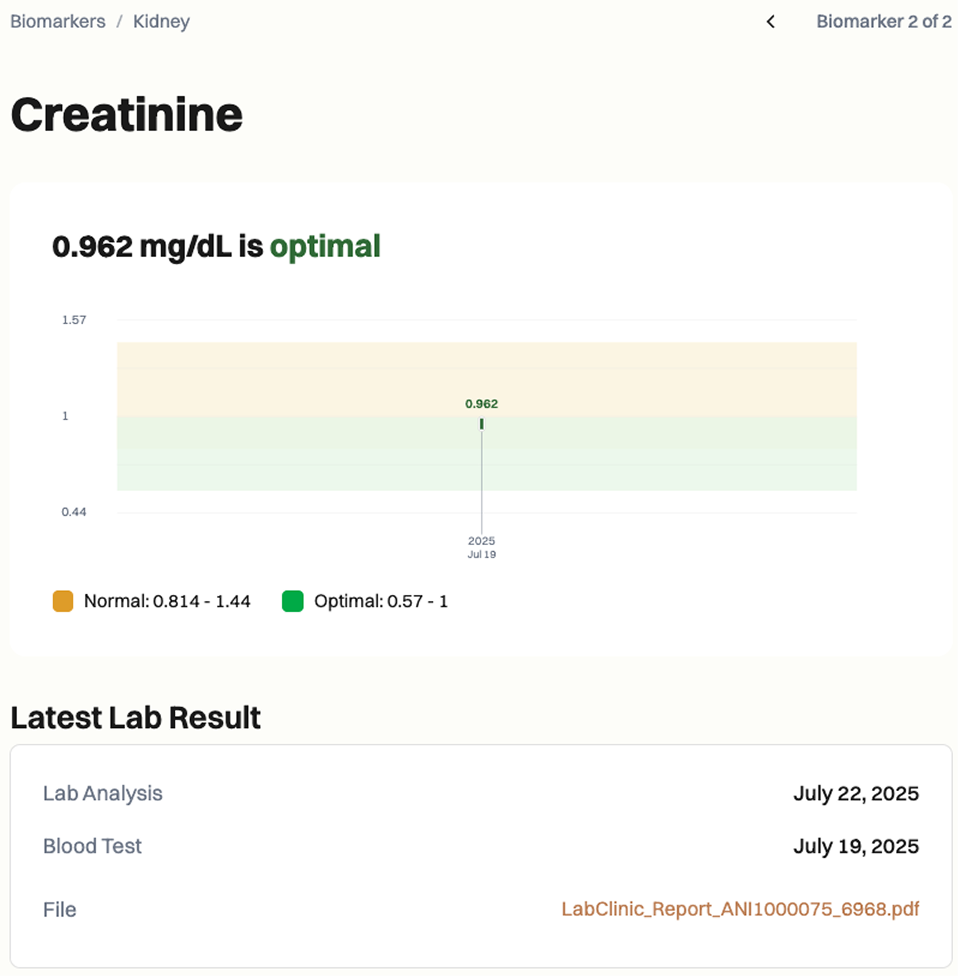
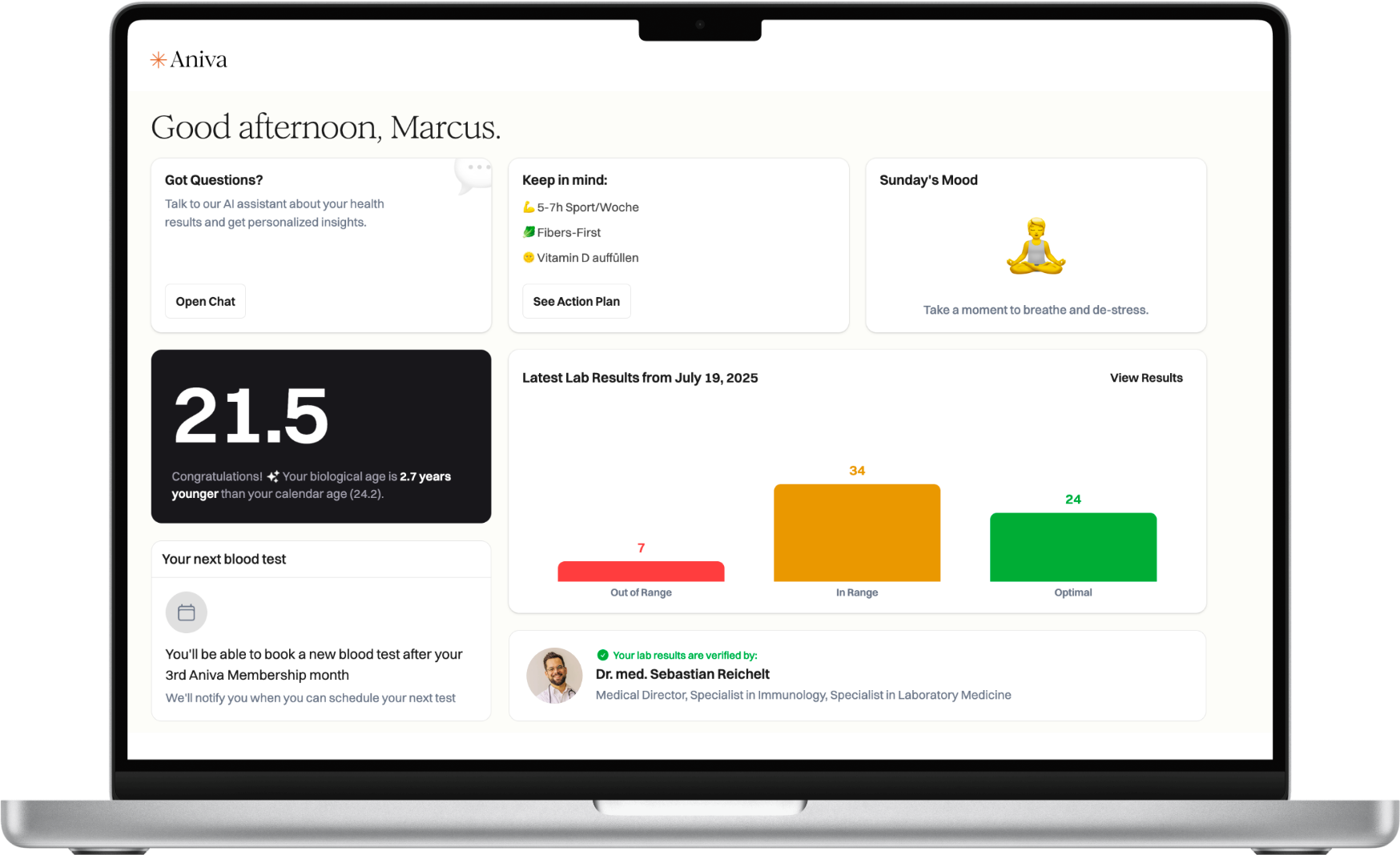
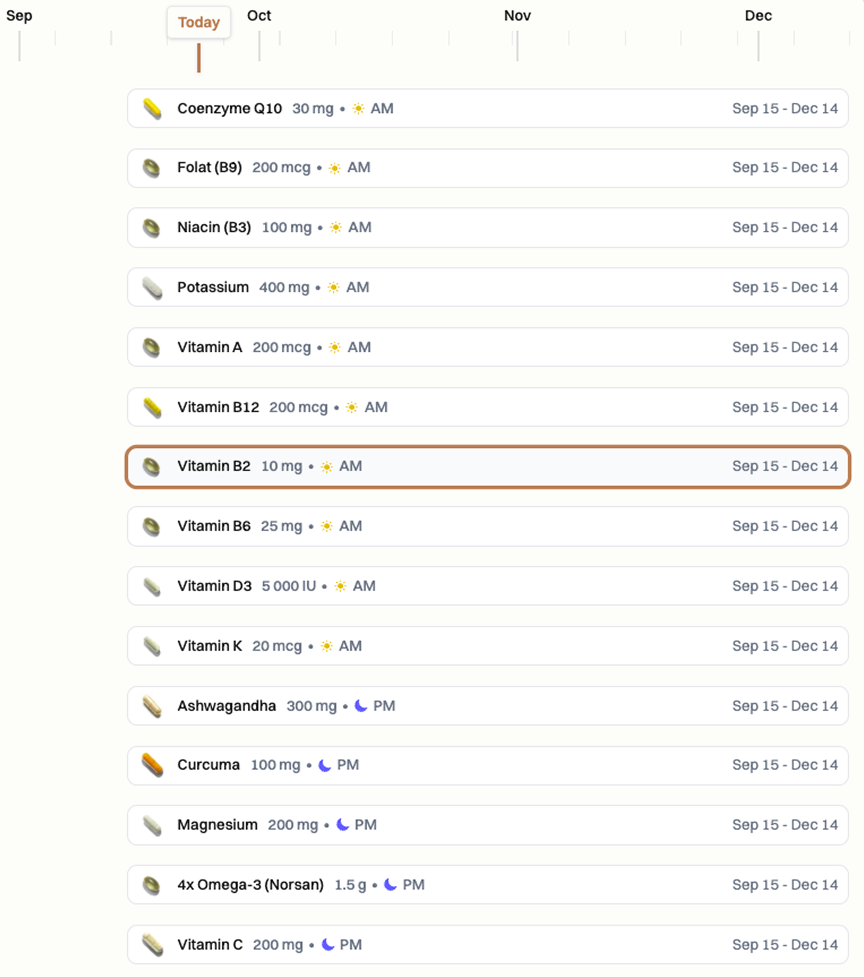
Common factors that can shift PLR include dehydration, recent vigorous exercise, alcohol, smoking, psychological stress, and poor sleep. Medications such as corticosteroids, beta-agonists, NSAIDs, antiplatelet drugs, and chemotherapy can alter platelet or lymphocyte levels. Omega-3 and some herbal supplements may affect platelets. Recent vaccination, menstrual phase, pregnancy, and delays in sample processing can also influence results.
Special situations (when to confirm or adjust): repeat if you were acutely ill, just had surgery, are pregnant, or recently changed medicines.
What does a high or low PLR mean? High PLR can signal more inflammatory activity or stress. Low PLR may reflect lower platelets or relatively higher lymphocytes. Always interpret with other CBC results.
Do I need to fast for this test? No. Fasting is not required. Staying hydrated and avoiding heavy exercise beforehand can help.
What can affect my PLR result? Smoking, alcohol, strenuous exercise, stress, dehydration, recent vaccination, and medicines like steroids or NSAIDs can shift the ratio.
How often should I check PLR? There’s no set schedule. It’s usually rechecked when monitoring recovery, symptoms, or trends alongside a CBC.
How long do results take? Most labs report within 1–3 business days, depending on workload and transport.
What should I discuss with my clinician? Ask how PLR fits with your CBC, CRP, symptoms, and medications. Discuss whether repeat testing is useful.

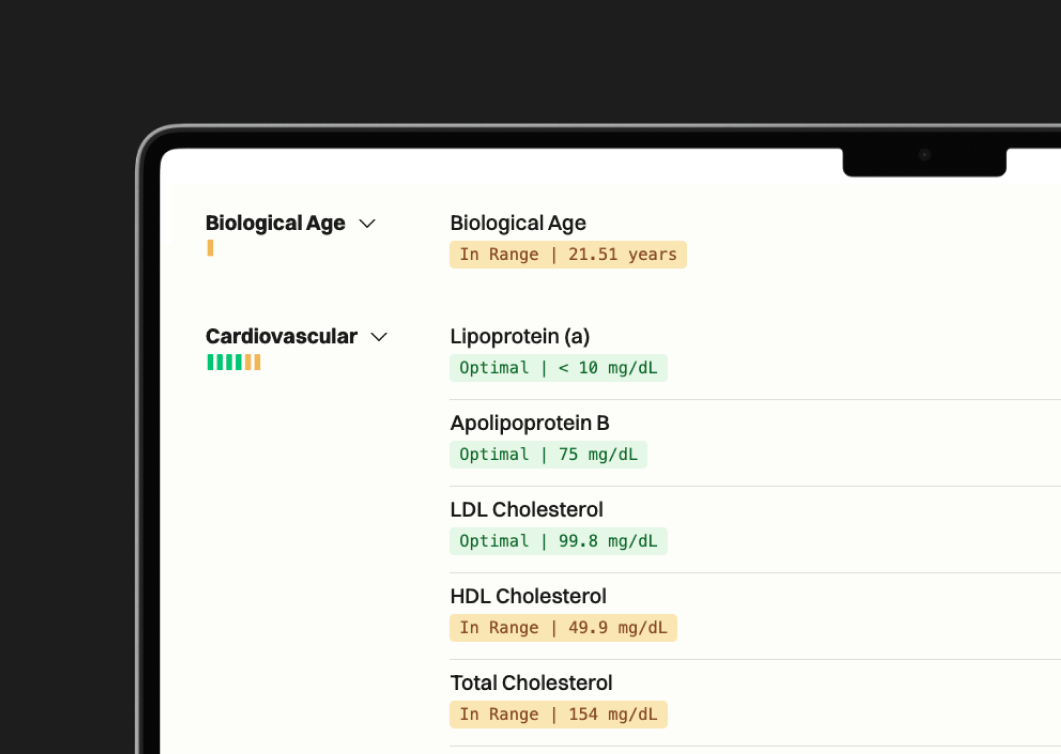

One annual blood test (100+ biomarkers)
Clinician-reviewed insights
Personalized action plan
Access to our AI Concierge
Access to curated products


63%
44%
70%